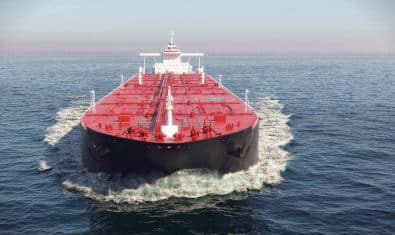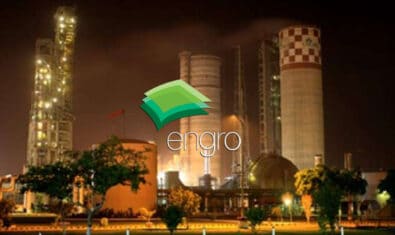The real volume of private investment fell marginally during three years of the PTI government compared to a growth of 7.3 percent in the tenure of the Pakistan Muslim League-N government.
According to the report compiled by the renowned economist and former Finance Minsiter, Dr. Hafeez Pasha, the ‘accelerator’s effort on private investment during the tenure of Pakistan People’s Party (2007-08 to 2012-13) was more than neutralized by a rise in the real interest rate on bank advances, the big jump in the rupee price of imported machinery, fall in corporate profitability, and the high incidence of power load shedding and acts of terrorism. These were indeed difficult years for the private sector of Pakistan, the report states.
In contrast, 2012-13 to 2017-18 saw a growth rate of 7.3 percent annually in the level of real private investment. The report notes that the accelerator effect was stronger, import prices of machinery in rupees did not increase due to the lower depreciation in the value of the rupee against the US dollar, and corporate profitability rose significantly.
The level of real private investment fell marginally from 2017-18 to 2020-21. Interest rates rose sharply after COVID-19. The largest negative impact was due to the escalation in the cost of imported machinery due to the continuing process of devaluation of the rupee. The spread of COVID-19 also discouraged further expansion in capacity.
Pakistan historically has had a relatively low level of investment, not only as a percentage of the GDP but almost half the level in other South Asian countries.
However, the incremental capital output is lower, and this has enabled an economic growth rate on average of 4 to 4.5 percent.
The high level of power load shedding and incidence of acts of terrorism led to a big fall in the overall rate of investment during the PPP government, falling from 18 percent of the GDP to only 12.5 percent of the GDP.
These negative factors ceased to play a big role from 2015-16 onwards. Investment picked up and rose to above 15 percent of the GDP by 2017-18. After COVID-19, it has again fallen to below 14 percent of the GDP. The level of private investment plunged to below 10 percent of the GDP during the tenure of the PPP government from almost 13 percent of the GDP in 2007-08 and has since risen to almost 11 percent of the GDP.
The report further states that there has been a cyclical pattern in public investment. It fell from 2007-08 to 2012-13, rose sharply up till 2017-18, and has since fallen once again.
The peak attained during the PML(N) government in public investment is partly attributable to the commencement of the CPEC. This led to a big rise in development allocations, especially for highway projects.
Chinese companies have also invested heavily in coal and solar power generation during the last six years. The Macro Econometric Model has been used to quantify the role of different factors in influencing the growth rate of real private investment in the country, the report states.

























